
Tragic or Terrific Transparency
08/10/2017
A couple of weeks ago I went to watch Bladerunner 2049. A big fan of the original, I prepped myself for a ride into the future and went in with grand expectations.
I can happily say that my inner futurist was solidly satisfied. In fact, I was entirely contented before the opening advertisements had even finished. Thanks entirely given to the future-envisioning-right-now-implementing freaks over at Amazon, for this ad:
***** Quick explanation for those who don’t speak Italian *****
The ad campaign is called “Le vere recensioni”, which means “Real Reviews”. Amazon takes user reviews straight from their website and recreates them into short videos. This particular review says “I bought this skateboard for my 11 year old son. It was too tempting, I had to give it a try. In the end, I returned it to the real owner (my son) and now he can’t get enough of it either.”
***** End of explanation *****
Having since shown this ad to some of my friends here in Milan, waiting for their shared amazement, I’m sure I know exactly the expression on your face right now:

You’re probably thinking “Seems pretty lame dude”. Because I will agree, it’s no cinematographic masterpiece. But, give me the next few minutes and I’ll explain to you why I think, from a business perspective, it’s pretty damn COOL.
My reasoning in a nutshell
By leveraging transparency through the championing of public opinion, Amazon permeates their internal culture, which promotes not solely their service but coincidentally their brand in an incredibly subtle and reproducible way.
The Power of Transparency
Long dead are the days of traditional companies capable of suffocating public opinion. Digital has given power back to the people - the super combo of smartphone and social media has given every customer the possibility to document and share their experiences and in turn, create genuine change. As a result, bad customer experiences and negative reviews spread quickly and aren’t forgotten easily. Take for example the United Airways saga, which resulted in a $1.4 billion drop in stock price and unending ridicule.
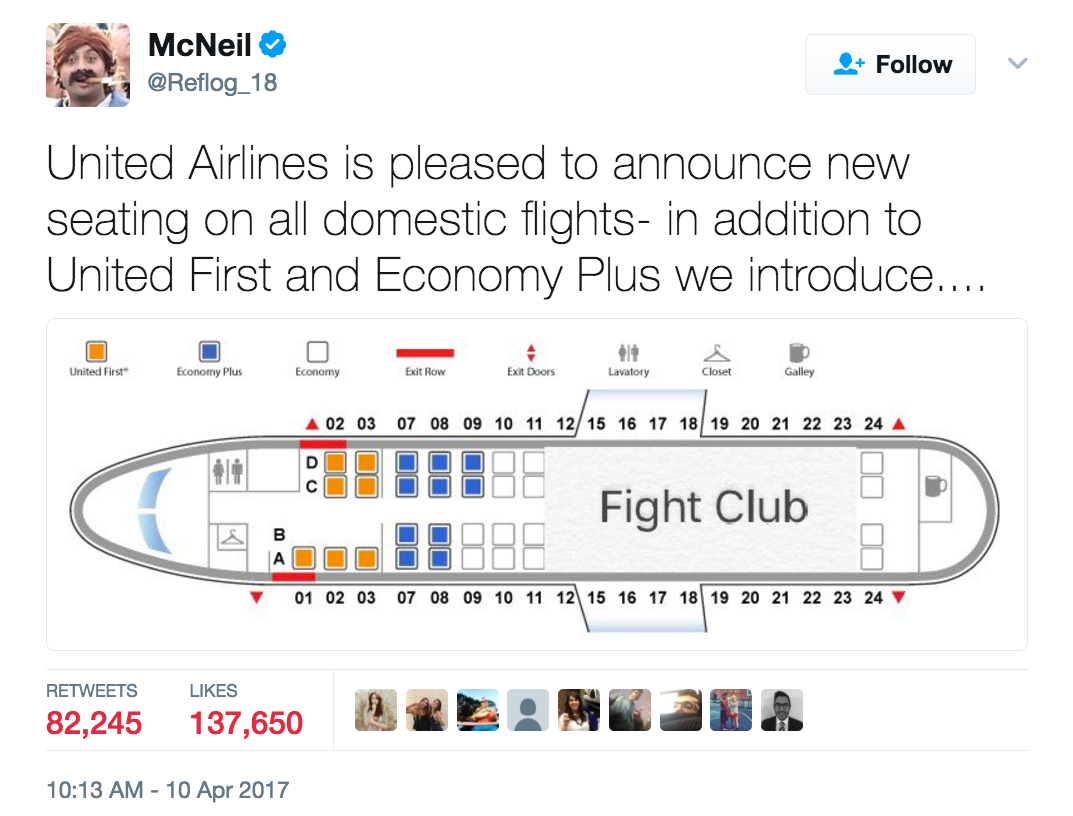
The other side of the coin reveals great benefits for those capable of adapting to this brave new media world. Take for example the way that Elon Musk positions himself in order to leverage social:
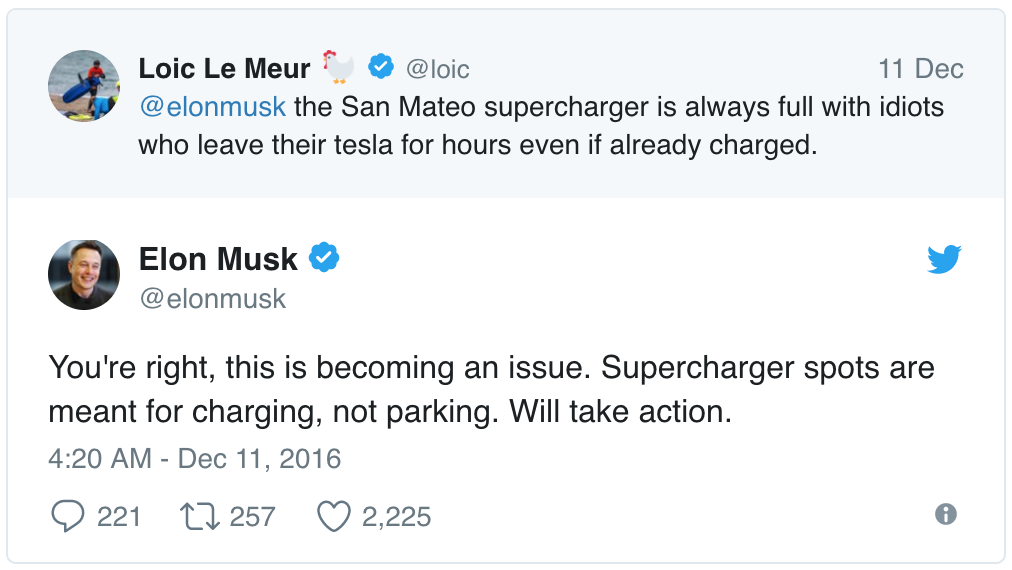
In this example of Musk’s Twitter masterclass (or “Muskterclass”, if you will), in a direct and honest tone he admits fault and promises action. He leverages the transparency enforced by Twitter to break down the traditionally dehumanizing barrier of the CEO and in doing so he permeates Tesla’s “human” and approachable brand outward. The result? This user’s complaint was turned into a live solution within 6 days. Even better for Musk, his handling of the situation has been championed by the public, being retweeted 250+ times and written about by a multitude of reputable papers.
In this new transparent world, where good becomes great and bad, terrible on a local to global scale instantly, everything that companies do or say has become fundamental to the public’s perception of their brand. Read more about this concept, which was defined by our friends over at TrendWatching, in their most recent quarterly article Glass Box Brands
Power by empowering the "Prime" people
Now, let’s take a look at Amazon’s campaign again with our newly defined, transparency-identifying lens.

It should be immediately obvious that this ad has been built upon this new transparent landscape. In fact, it must be said that Amazon has been a significant catalyst in creating transparency for consumers. Their abundant reservoir of rich, peer-driven product reviews set a worldwide benchmark in guiding customers in their purchasing process. Whether choosing a restaurant, buying a car or a banana slicer, we’ve come to expect a certain, reassuring level of consumer reviews.

Being a founder of this transparent practice, Amazon’s brand has been awarded with a deeply embedded trust in the hearts of customers.
“Le vere recensioni” builds upon this trust with short stories that personify public opinion. It positions Amazon as a “Power to the People” brand, which is what makes it so powerful in winning the affection of an audience that yearns to be heard.
Meanwhile, the ad inexorably promotes the efficiency of their service. However, I think it’s really cool how, even if their service is probably the most efficient our world has ever seen, they don’t scream about it. They’ve realized that it’s more important to promote values that are actually points of diversification today (positive internal culture) rather than expected ones (services that work).
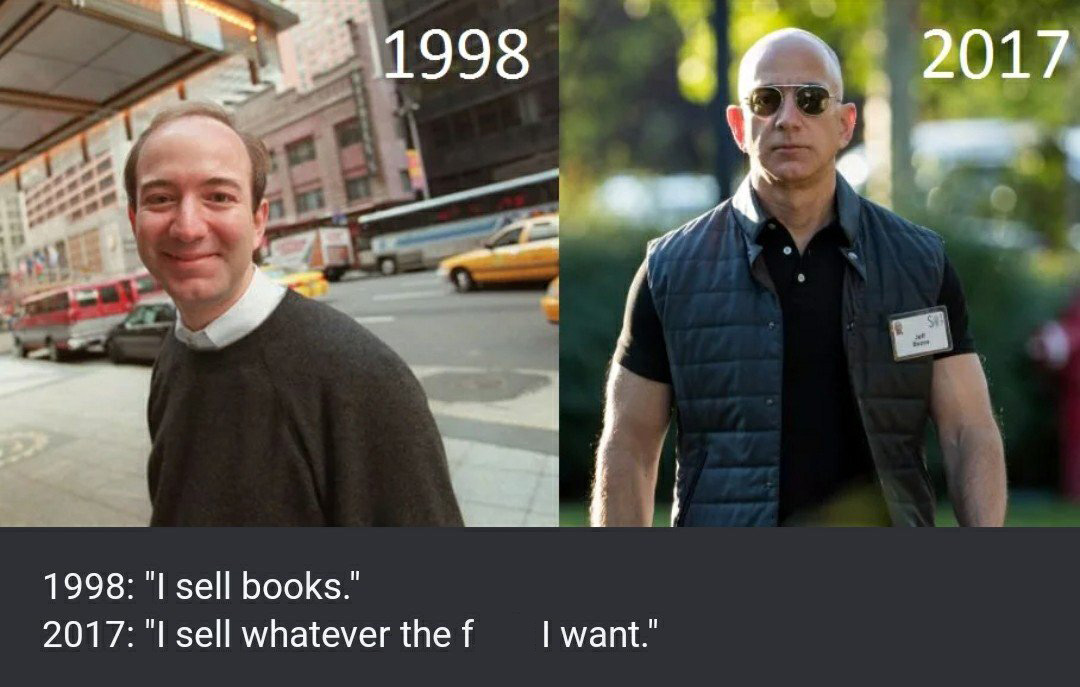
Pretty badass right? (Jeff Bazos, CEO of Amazon)
Finally, one more reason why I liked this ad enough to actually write a whole article on it: reproducibility (oh and also, simplicity, but that’s self explanatory enough). With the aforementioned abounding source of Amazon user reviews, there’s absolutely no shortage of material. Even better, every one of these reviews and their subsequent stories have the potential to drive home another message, directly from the mouth of the people... and as such the self-fulfilling prophecy of Amazon’s power to the people brand powers on.
(Here’s the second advertisement to have come out under “Le vere recensioni” campaign - which was released in the couple week period between when I first saw the ad and finally managed to write my thoughts down 🙃).
And there goes Amazon again setting another market standard
So reproducible and powerful this campaign is, that it’s being adopted by other companies in their own bid to leverage the power of transparency. Earlier this year, Emerald Nuts launched the “Yes Good” marketing campaign, which boasts a tagline lifted directly from a customer review that was posted in 2016 on one of their Amazon product listings.
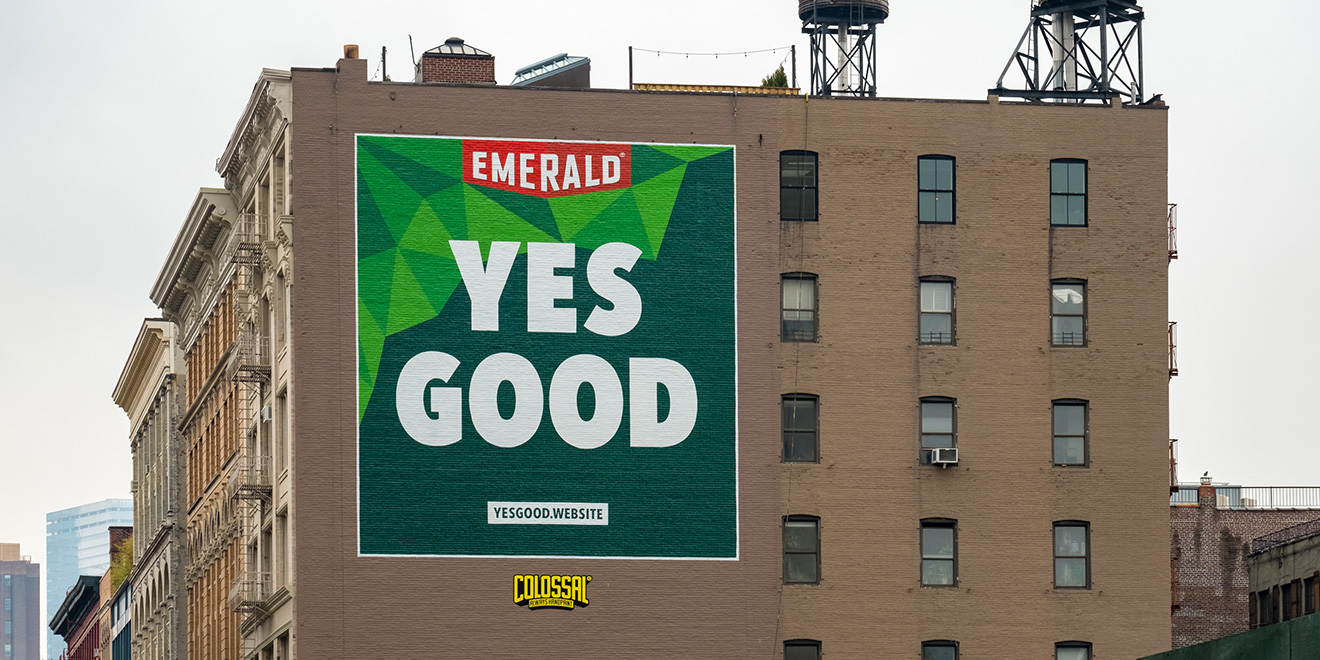
From the incredibly simple, five-star two-word review they put up billboards, created mugs, hats, a website (where they are currently searching for the anonymous Amazon user) and a series of short videos.
Very similarly to Amazon’s campaign, they champion the opinion of the public to permeate their internal culture (in this case quirky and raw) to resonate with their customers. The results? “Yes good”.
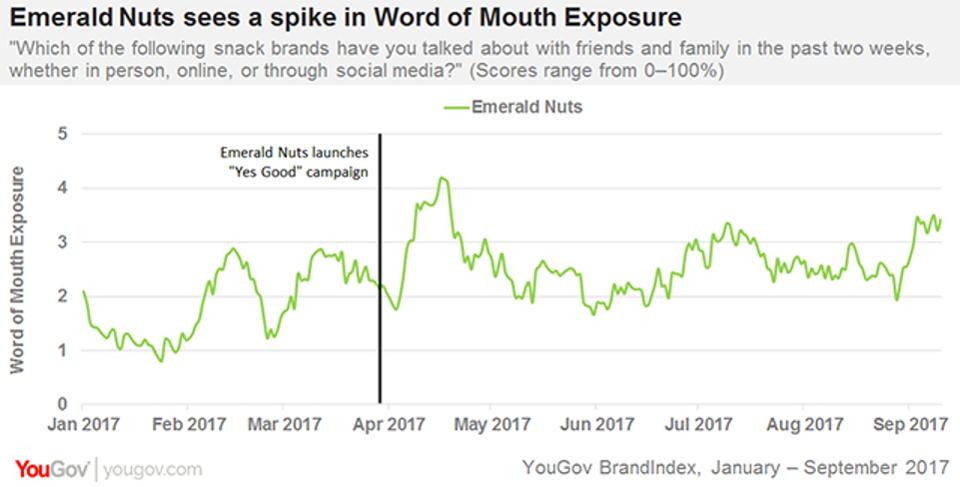
Down to ye' underpants
With the dawn of the transparent age upon us, the implication of every crossed t and dotted i is bound to be amplified tenfold. It’s time to start thinking about how to harness this change, before you’re hemorrhaged by it.
Insights
The expectations them’s a’ risin’... and no one cares.
In a world where even Amazon can’t impress their customers through the sheer efficiency of their service it’s clear that customers really don’t care about what they already expect. If Amazon are willing to let this core competency fall to the wayside then so can you. Communicate a message that actually diversifies your brand if you really want to make an impact with your marketing campaign.
Your wildly complex, self-contradicting and overwhelmed customer is boss - let’s be good employees and give the boss what he wants
Your customers are the most informed and autonomous that have ever existed, putting them in the position of command. However, faced with up to 100 micro decisions before even finishing breakfast, they are overwhelmed with the possibilities in front of them. Like any good boss, what he wants are people that deliver simple, succinct and direct solutions... do exactly that in today’s market and you just might have the chance of winning the heart of your customer… and we know how quick that news can spread ;)
Do inside what you want to reflect outward
As discussed, your internal culture - what your company values, how it speaks, who it employs and how it treats those employees - is becoming a fundamental part of your brand. Building a harmonious internal culture that’ll really shine through is a team sport:
“If you want to build a ship, don’t drum up the people to gather wood, divide the work and give orders. Instead, teach them to yearn for the vast and endless sea” Antoine De Saint-Exupery
Define a united belief system for your company and disperse it through the ranks of your business by encouraging collaboration and diversity. Remember, it will be seen!
References
Business Insider: United Airways PR blunder
Trend Watching: Glass Box Brands